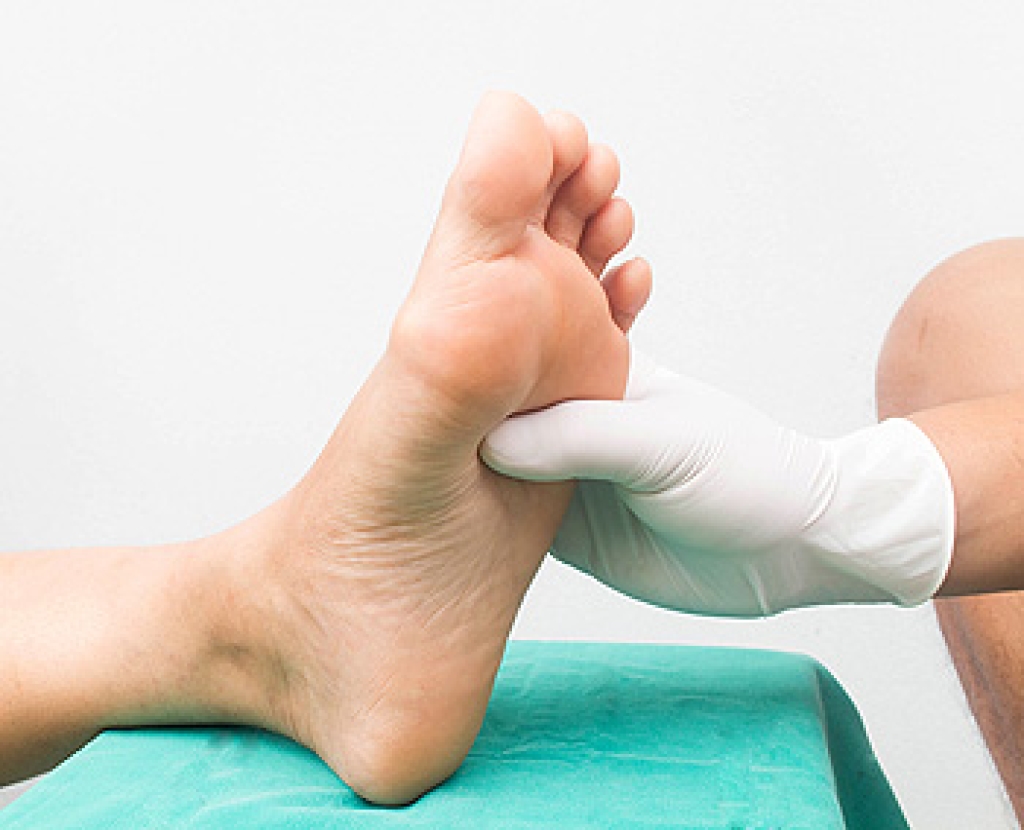
Strong and flexible feet help protect runners from common injuries, and simple daily exercises can make a big difference. Towel crunches strengthen the small stabilizing muscles by placing a towel on the floor and pulling it toward you with your toes. Toe yoga improves balance by lifting your big toe while keeping the others down, then lifting the smaller toes while the big toe stays grounded. A big toe press builds power by pressing the toe firmly into the floor while maintaining a steady arch. Additionally, dynamic ankle dorsiflexion improves mobility by lunging forward and guiding the knee over the toes without lifting the heel. If you have sustained a foot injury that is keeping you from running, it is suggested that you consult a podiatrist who can treat various foot conditions, and guide you on additional running prevention techniques.
Exercising your feet regularly with the proper foot wear is a great way to prevent injuries. If you have any concerns about your feet, contact Adriana Strimbu, DPM of Complete Foot & Ankle Care. Our doctor will treat your foot and ankle needs.
How to Prevent Running Injuries
Many common running injuries are caused by overuse and overtraining. When the back of the kneecap starts wearing out and starts causing pain in your knee, this is commonly referred to as runner’s knee. Runner’s knee is a decrease in strength in your quadriceps and can occur if you’re not wearing properly fitted or supporting shoes. To prevent runner’s knee, focusing on hip strengthening is a good idea, as well as strengthening your quads to keep the kneecaps aligned.
What Are Some Causes of Running Injuries?
- One cause of a common running injury is called iliotibial band syndrome.
- Plantar fasciitis is also another common injury.
- Stress fractures can occur from overtraining, lack of calcium, or even your running style.
Best Ways to Prevent Running Injuries
- Wear footwear that fits properly and suits your running needs.
- Running shoes are the only protective gear that runners have to safeguard them from injury.
- Make a training schedule. Adding strengthening exercises as well as regular stretching can help keep you strong and limber and can lessen the possibility of injuries.
- Stretching keeps muscles limber; this will help you gain better flexibility.
If you have any questions, please feel free to contact our office located in Hallandale Beach, FL . We offer the newest diagnostic and treatment technologies for all your foot care needs.




